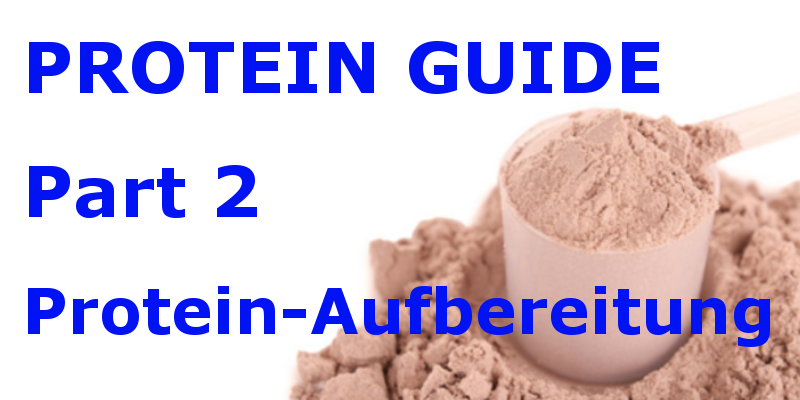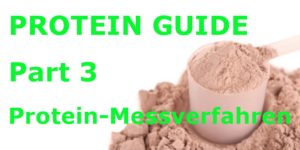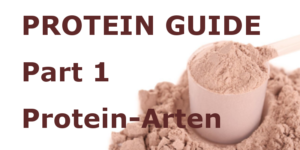Have you ever wondered what is behind the keywords from advertising? There are usually tempting terms such as "Concentrate", "Isolate" und "Microfiltration" on labels and in advertising. The extensive information and the technical terms often cause confusion, so we would like to explain to you here.
Protein Konzentrat
This term usually refers to a source of protein that is produced by dehydration under high heat, Filtration oder Acid extraction was concentrated in order to present the original protein content more concentrated. This is the cheapest method of Proteinextraktion. Unfortunately, other substances like lactose, fat, and certain impurities are also concentrated with the protein. Such products usually contain 60 to 70 percent protein in the dry matter.
Proteinkonzentrat 60-70% Protein.
Protein Isolat
Protein isolates are created by mehrere Waschungen (including with alcohol or water) or by concentration using ionization. It should separated the protein from the carbohydrates and fats, so be isolated. The water process is the cheapest, the ionization the most expensive. The protein isolate is purified further with further filtrations. Alcohol is rarely used for isolation, especially with soy protein isolates, because it destroys or removes the useful isoflavones. Therefore, most manufacturers use water separation for the treatment of Soy Protein Isolates.
Microfiltration and Cross-Flow Microfiltration
These terms describe the filters used to refine and separate unwanted substances from the concentrated Protein. It sounds complicated, but the procedures are quite simple.
lonenaustausch
Most molecules are either positively or negatively charged. These properties can be used to separate the protein molecules from the other substances in the source. This method is mainly used in the production of whey protein isolates.
Hydrolysiertes Protein
At hydrolyzed proteins water molecules were added during the preparation to reduce the amino acids and breaking peptides in protein into smaller units - which emulates part of digestion.
This refinement is supposed to Protein insgesamt noch verdaulicher und damit auch effektiver machen. Das ist das teuerste Verfahren der Verarbeitung von Proteinen. Aus Marketinggründen wird manch einem Hersteller nur so viel diesem Protein hinzugefügt, dass es auf dem Etikett genannt werden darf. Das soll das Produkt höherwertig erscheinen. Damit soll aber nicht gesagt sein dass sich die Mehrausgaben für hydrolysiertes Protein not worth it.
already read..?



A comment
Comments are closed.